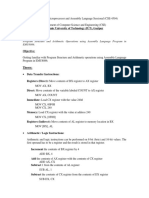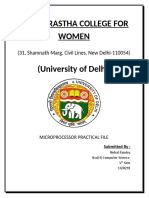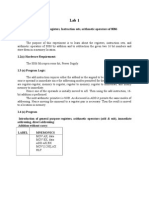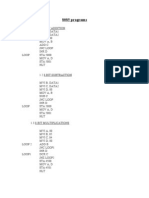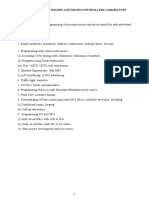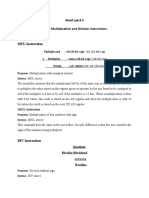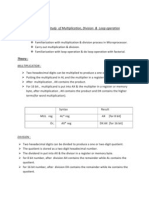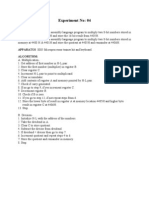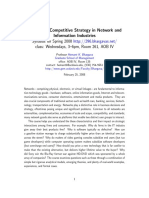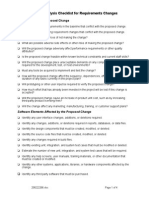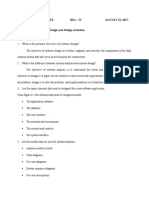0% found this document useful (0 votes)
27 views4 pages8085 Assembly Programs
The document provides assembly programs for the 8085 microprocessor that perform various operations including multiplication, division, finding the largest and smallest numbers in a series, sorting data using bubble sort, and transferring data. Each program includes comments and assumes specific memory addresses for input and output. The multiplication and division methods use repeated addition and subtraction respectively, while the sorting algorithm organizes data in ascending order.
Uploaded by
bhuwan.bg16Copyright
© © All Rights Reserved
We take content rights seriously. If you suspect this is your content, claim it here.
Available Formats
Download as PDF, TXT or read online on Scribd
0% found this document useful (0 votes)
27 views4 pages8085 Assembly Programs
The document provides assembly programs for the 8085 microprocessor that perform various operations including multiplication, division, finding the largest and smallest numbers in a series, sorting data using bubble sort, and transferring data. Each program includes comments and assumes specific memory addresses for input and output. The multiplication and division methods use repeated addition and subtraction respectively, while the sorting algorithm organizes data in ascending order.
Uploaded by
bhuwan.bg16Copyright
© © All Rights Reserved
We take content rights seriously. If you suspect this is your content, claim it here.
Available Formats
Download as PDF, TXT or read online on Scribd
/ 4


